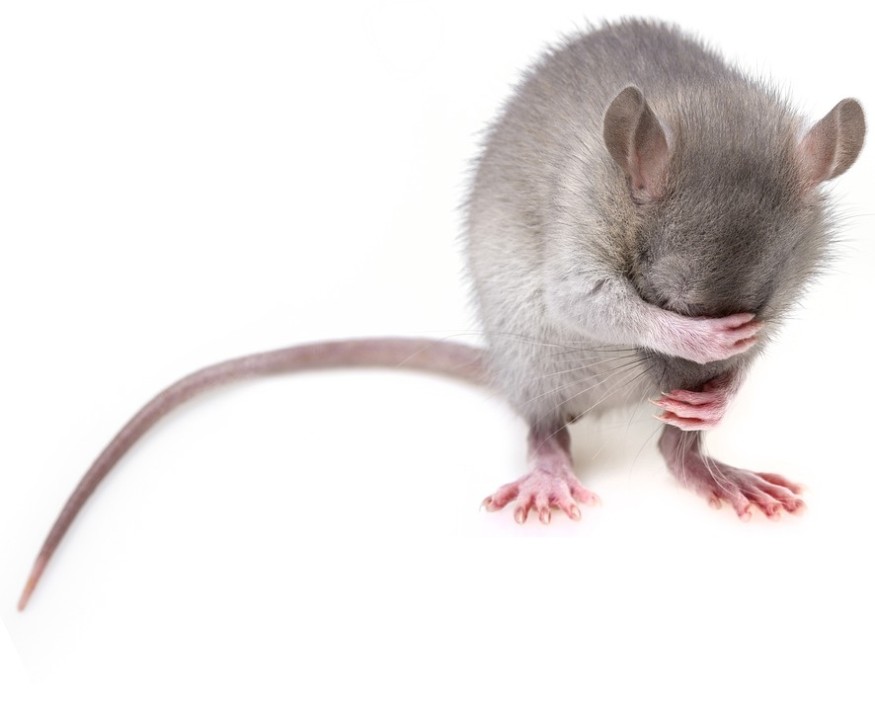Scientists from Germany managed to do something that was only believed to be possible in the fictional world. Straight out of fiction, Germans managed to do the impossible; they made a paralyzed mice walk again.

The scientists managed to make the handicapped rodent walk again by establishing a neural link. One that was once considered irreparable if damaged. They did this by injecting a designer protein into the brain of the animal.
Caused by rigorous physical activities or severe accidents, spinal cord injuries are notorious for causing life-long disabilities. More often than not, these injuries can even lead to fatality. One of the most common and unfortunate results of spinal injuries is paralysis.
Nerve fibers that carry information from the brain into the muscles are unable to restore themselves. This causes the muscle to no longer to respond to the commands given to it, resulting in paralysis.
Despite many naysayers and disbelievers, if the scientists from Ruhr-Universität Bochum in Germany really did manage to do the impossible, they have possibly made a very important breakthrough in terms of paralysis treatment.
They used a designer that stimulated cells responsible for carrying information between the muscles and the brain.
"The special thing about our study is that the protein is not only used to stimulate those nerve cells that produce it themselves but that it is also carried further (through the brain)," research head Dietmar Fischer told Reuters. "In this way, with a relatively small intervention, we stimulate a huge number of nerves to regenerate, and that is ultimately the reason why the mice can walk again," he added.
Dietmar published the results of their study in the scientific journal Nature Communications.
The rodents who received the treatment managed to start walking at least two to three weeks after receiving the experimental treatment. The injection carried genetic information into the brain to produce a protein called "hyper-interleukin-6''.
They are currently working on ways to improve the treatment.
"We also have to see if our method works on larger mammals. We would think of pigs, dogs, or primates, for example... If it works there, we would have to make sure that the therapy is safe for humans. But that will certainly take many, many years'', the researchers added.
Related Article : Scientists Double Effort to Find Possible Next Pandemic, Caused by Other Zoonotic Diseases
What could this posible breakthrough mean to the medical field?
Paralysis is the loss of muscle function in part of your body. It happens when something goes wrong with the way messages to pass between your brain and muscles. Paralysis can be complete or partial. It can occur on one or both sides of your body. It can also happen in just one area, or it can be widespread.
Even if it's not the person's entire body that's paralyzed, his/her entire system would be affected. Unfortunately, aside from the therapies to get used to living with the disability, there are no known solutions for paralysis.
The treatment can change the world for the victims of paralysis, and it might inevitably solve the issue in the near future.
© 2025 NatureWorldNews.com All rights reserved. Do not reproduce without permission.





